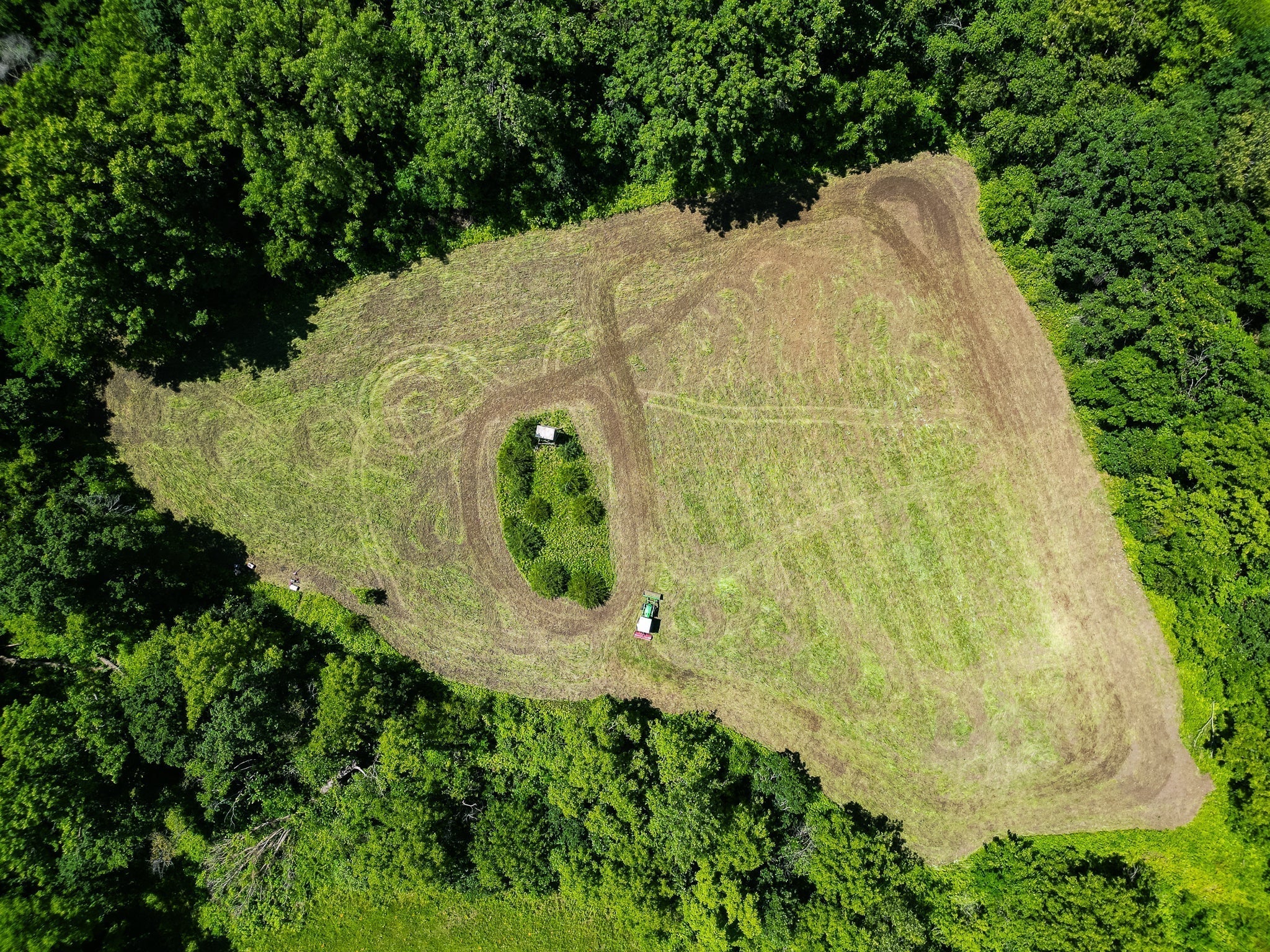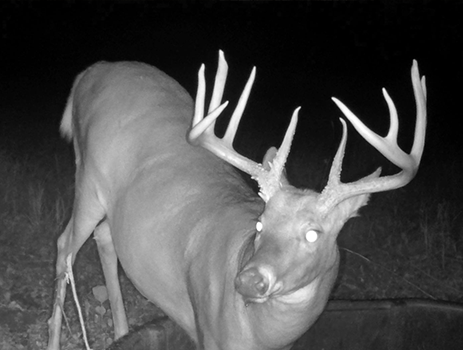For avid deer hunters, the off-season isn't just a time to hang up their gear and wait for the next hunt—it's an opportunity to enhance the habitat and improve their chances of a successful harvest. Habitat management plays a crucial role in maintaining healthy deer populations and providing optimal conditions for hunting. In this blog post, we'll explore the top five habitat management practices hunters can undertake during the off-season to ensure a fruitful hunting season.
-
Food Plot Maintenance: Food plots are essential for attracting deer to specific areas, providing them with nutritious forage throughout the year. During the off-season, maintaining and expanding food plots should be a priority. Start by soil testing to determine nutrient deficiencies and pH levels, then amend the soil as needed. Clear out any weeds or competing vegetation and plant a variety of crops that offer both nutrition and attraction for deer, such as clover, brassicas, and cereal grains. Rotating crops and planting a diverse mix will ensure a steady food source and keep deer coming back to your hunting grounds.
-
Timber Stand Improvement: Healthy forests provide crucial habitat for deer, offering cover, bedding areas, and browse. Conducting timber stand improvements during the off-season can enhance the quality of deer habitat on your property. Identify areas with overgrown or undesirable species and selectively thin them out to allow for better sunlight penetration and the growth of preferred browse species. Creating a diverse age structure within the forest benefits deer by providing varied cover and food sources. Additionally, consider creating edge habitat by selectively clearing areas where different habitat types meet, as these transition zones are often favored by deer.
-
Water Source Development: Access to clean water is vital for deer, especially during hot summer months and drought conditions. Developing water sources on your property can attract deer and keep them hydrated year-round. This could involve digging small ponds, installing troughs or water tanks, or enhancing natural water sources such as streams or springs. Be sure to monitor water sources regularly to ensure they remain clean and accessible to deer. Providing reliable water sources can concentrate deer activity in specific areas, making them ideal locations for hunting blinds or stands.
-
Predator Management: Predators such as coyotes, bobcats, and feral hogs can negatively impact deer populations by preying on fawns and disrupting their habitat. Implementing predator management strategies during the off-season can help mitigate these effects and promote healthier deer populations. This may involve trapping or hunting predators, installing exclusionary fencing around sensitive areas like fawning grounds, or introducing predator deterrents such as guardian animals. By reducing predator pressure, you can improve fawn survival rates and ultimately increase the number of mature deer on your property.
-
Habitat Monitoring and Assessment: Regular monitoring and assessment of habitat conditions are essential for making informed management decisions. Use trail cameras to survey deer activity and track population trends throughout the year. Conduct habitat surveys to evaluate vegetation composition, browse pressure, and overall habitat quality. Pay attention to signs of stress or degradation, such as overgrazing or soil erosion, and take corrective action as needed. By staying proactive and responsive to changes in habitat conditions, you can ensure that your hunting grounds remain productive and sustainable for years to come.
Habitat management is a year-round endeavor for serious deer hunters, and the off-season provides a prime opportunity to implement key practices that can enhance hunting success. By focusing on food plot maintenance, timber stand improvement, water source development, predator management, and habitat monitoring, hunters can create and maintain optimal conditions for deer on their property. Investing time and effort into habitat management during the off-season will not only attract more deer but also contribute to the long-term health and sustainability of local deer populations. So, roll up your sleeves, grab your tools, and get ready to transform your hunting grounds into a deer paradise before the next hunting season rolls around. Happy hunting!







